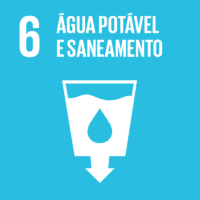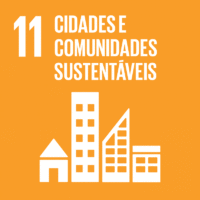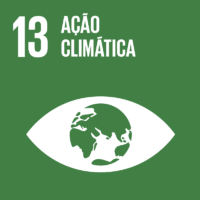Ciência_Iscte
Publicações
Descrição Detalhada da Publicação
Designing for sustainability: retrieving a systemic role for urban form
Título Revista/Livro/Outro
Urban Morphology
Ano (publicação definitiva)
2020
Língua
Inglês
País
Reino Unido
Mais Informação
Web of Science®
Scopus
Google Scholar
Esta publicação não está indexada no Overton
Abstract/Resumo
Approaching the study of urban form from a sustainability perspective has generated encouraging responses (Maretto, 2018; Sioen et al., 2016). The implications are, however, twofold. On the one hand, the growing number of studies has taken two particular scales of approach – the city and the building. At the city scale there are the 1990s theories about sustainable urban form (Jenks et al., 1996; Rogers, 1997), the formation of new urban movements advocating for principles of how cities should be built (Duany and Plater-Zyberk, 1991; Congress for the New Urbanism, 1999) and the arrival of new scientific journals dedicated to the study of urban form, such as Urban Morphology. Notwithstanding the lack of consensus about the most preferable urban forms, debate on the efficiency of the urban environment rapidly emerged, echoed in various disciplines: in particular, in fields of study which aimed to explore the metabolic outcome from an environmental or socioecological perspective (Fischer-Kowalski, 1997), or through an efficiency perspective, mostly focused on resources and energy (Banister et al., 1997; Thomson and Newman, 2017). The impacts of these on planning and industry were fast and obvious, in particular through the transportation, construction and material sectors. ustainability, however, would emerge as a convincing argument for the promotion of new technological applications (for example new building materials, photovoltaic panels, energy-efficient light bulbs and electric vehicles), as a way to restore and maintain resources and energy necessary to guarantee that patterns of flows could continue operating within the natural system. However, on the other hand, the acknowledgement of urban form itself as a contributor to sustainability went somehow unnoticed by the wider audience. Design solutions for improved urban form progressed, but were conditioned to arbitrary perceptions of sustainability and taste values.
Agradecimentos/Acknowledgements
--
Palavras-chave
Urban Form,Sustainability,Urban Design,Urban Metabolism
Classificação Fields of Science and Technology
- Outras Ciências Naturais - Ciências Naturais
- Outras Engenharias e Tecnologias - Engenharia e Tecnologia
- Outras Ciências Agrárias - Ciências Agrárias
- Outras Humanidades - Humanidades
Registos de financiamentos
| Referência de financiamento | Entidade Financiadora |
|---|---|
| POCI-01-0145-FEDER-016431 | Fundação para a Ciência e a Tecnologia |
Contribuições para os Objetivos do Desenvolvimento Sustentável das Nações Unidas
Com o objetivo de aumentar a investigação direcionada para o cumprimento dos Objetivos do Desenvolvimento Sustentável para 2030 das Nações Unidas, é disponibilizada no Ciência_Iscte a possibilidade de associação, quando aplicável, dos artigos científicos aos Objetivos do Desenvolvimento Sustentável. Estes são os Objetivos do Desenvolvimento Sustentável identificados pelo(s) autor(es) para esta publicação. Para uma informação detalhada dos Objetivos do Desenvolvimento Sustentável, clique aqui.

 English
English




